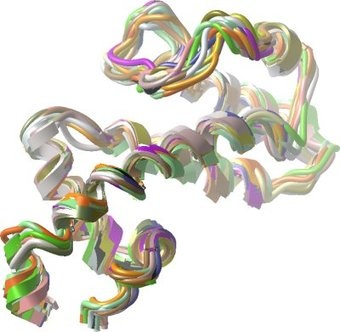Scientific Minds Want To Know
700 year old brain

ResearchBlogging.orgEvolutionary psychology tends to receive harsh criticism, and often rightly so. One of the main reasons for this is the severe lack of evidence for many of it’s proposals given that the paucity of fossilised brains fails to bolster many a case. And it isn’t even anyone’s fault. That’s just the way it goes sometimes, that the brain is a jelly-like substance that is subject to decay after death, and there’s no way we can objectively analyse or verify any differences in brains of long ago with brains of today.
This isn’t set to change anytime soon, but the remarkable discovery of a medieval child’s brain was the subject of a Neuroimage paper published recently. This is extremely exciting on many counts: the brain has been so fantastically preserved that it is possible to identify the frontal, temporal and occipital lobes, and even the sulci and gyri, the grooves and furrows channeled into brains.
However it is only the left-hemisphere that survived and not the entire brain, which had also shrunk to about 80% of it’s original weight due to the (natural) mummification process.
Perfect visual memory

Imagine if you could look at something once and remember it forever. You would never have to ask for directions again. Now a group of scientists has isolated a protein that mega-boosts your ability to remember what you see.
A group of Spanish researchers reported today in Science that they may have stumbled upon a substance that could become the ultimate memory-enhancer. The group was studying a poorly-understood region of the visual cortex. They found that if they boosted production of a protein called RGS-14 (pictured) in that area of the visual cortex in mice, it dramatically affected the animals’ ability to remember objects they had seen.
Rich historical artifacts dating back to 3,000 years have been unearthed from the Jajmau mound on the bank of the Ganga in Kanpur where archaeologists belonging to Uttar Pradesh State Archaeology Department have been doing excavation work for the last two and half years.
Hubble 3D - The Universe Up There
American space-flight technology has certainly changed in the almost 50 years since Alan Shepard went aloft, and so has filmmaking technology.

No comments:
Post a Comment